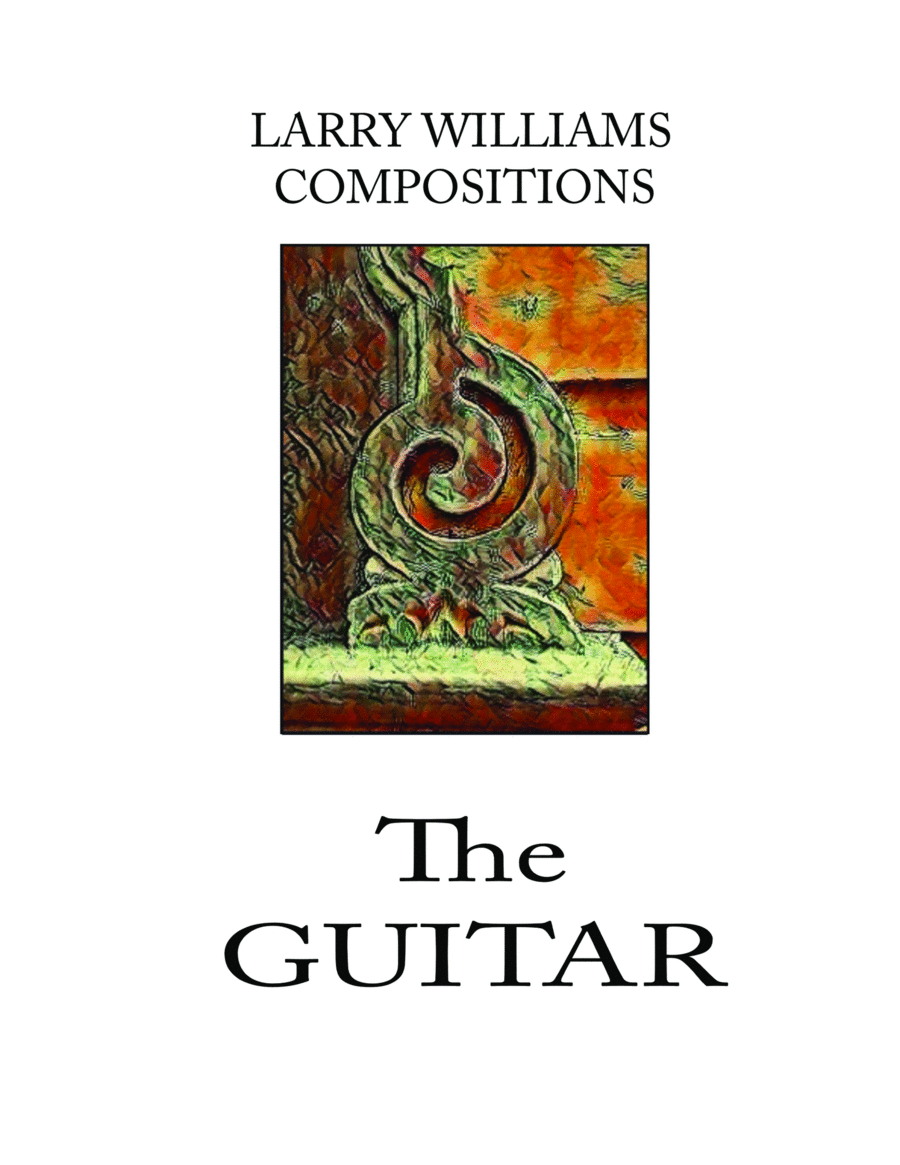Solo Guitar - Level 4 - Digital Download SKU: A0.1167528 Composed by Larry Williams. Contemporary,Folk,Jazz. Individual part. 80 pages. Larry Andrew Williams #767908. Published by Larry Andrew Williams (A0.1167528). A WORD FROM THE COMPOSER Is anyone interested in new reading material anymore? I know that when I was a kid in nineteen hundred and something, the quest for new musical pieces was always one of the funnest aspects of the whole musical journey. Of course I did learn that it would take a long time to  nd those few that would resonate with me for a lifetime, but it was always fun trying them all out. It still is, in fact. Well, times change and people change, but Iâd still like to believe that same factor carries on. You know, the one about trying out all that music to get to the few you keep. And what about the few we do keep? For guitar players, was it always a classic from the usual suspects, like Albeniz, Sor, Tarrega,, Granados, Rodrigo, Brouwer, Barrios, Villa-Lobos, or anything by Bach?Was it something our band director or private instructor, one of our friends, or our parents wrote? Or â Heaven forbid- something that maybe we ourselves wrote? Or some âunknown guy.â Consider this.Just how often did some unknown composer's piece greatly affect us as we waded through a daunting pile of the familiar from the known masters? And since some, if not most of these classics are required reading, how often did we even get around to giving this unknown guy's piece a try?And furthermore, was this unknown guy - shudder...alive? Letâs face it. In the composer arena, we the living, stand no chance against the deceased (God rest their souls) But by saying âthey donât write âem like that anymore,â are we denying ourselves new ground to be broken, doors to be opened, frontiers to be discovered? And isnât that pioneering spirit just plain olâ curiosity when it comes right down to it? Well I believe the key lies within the carrying out of these notions that curiosity places in us. Itâs climbing the mountain simply because it is there. So, for right now, Iâm that unknown guy and I would only urge you to break new ground every day. Lots of trends, ideas, and interests will come and go in your life, but always hang on to that curiosity. Itâs what makes the world a smaller neighborhood. Larry Williams.
